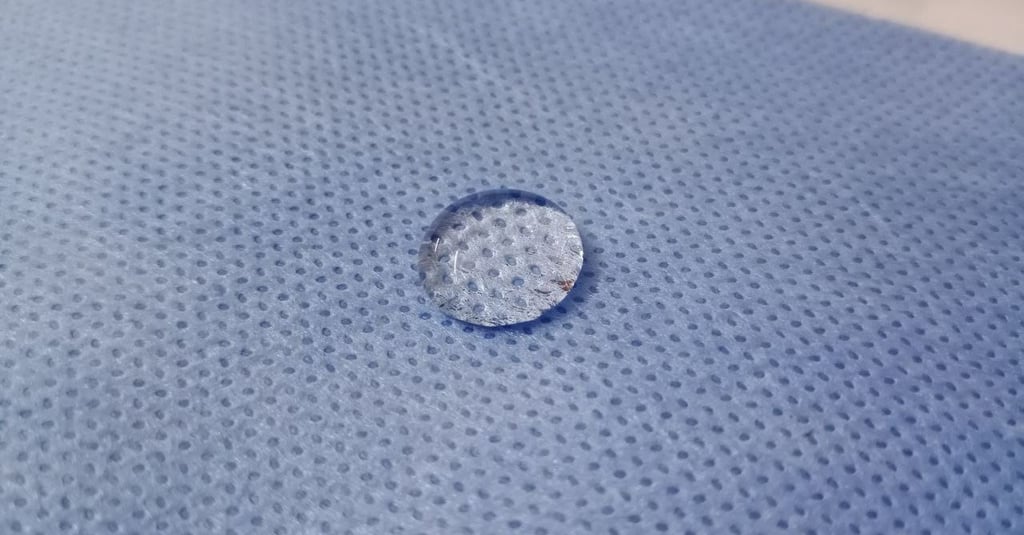
The Advantages of Polypropylene Non-Woven Fabrics in Disposable Medical Textiles


Introduction to Polypropylene Non-Woven Fabrics
Polypropylene non-woven fabrics have become the backbone of the disposable medical textiles industry due to their unique characteristics and superior functionality. These versatile materials are favored for a range of applications in healthcare settings, including surgical gowns, masks, and drapes. Understanding the reasons behind their extensive use sheds light on the significant properties that polypropylene non-woven fabrics contribute to the development of disposable medical products.
Key Properties of Polypropylene Non-Woven Fabrics
One of the most compelling aspects of polypropylene non-woven fabrics is their excellent barrier properties. They are designed to provide significant resistance to water and blood penetration, which is crucial in healthcare environments where contamination must be avoided. Furthermore, these fabrics exhibit high tensile strength and durability, making them ideal for products that undergo various mechanical stresses during use.
Another notable property is their lightweight nature, which enhances comfort for both medical personnel and patients. The breathability of polypropylene non-woven fabrics ensures that they do not trap moisture, reducing the risk of skin irritations and discomfort. Additionally, these fabrics possess a soft texture that further enhances wear ability, an essential factor in ongoing healthcare situations.
Environmental and Economic Benefits
Beyond their functionality, polypropylene non-woven fabrics also offer environmental advantages. Many disposable medical textiles made from these materials are engineered to be recyclable or designed for energy recovery—thus helping to minimize environmental impacts. Economically, the cost-effectiveness of polypropylene non-woven production contributes to lower overall expenditures in healthcare settings. The efficiency of manufacturing processes and the affordability of raw materials ensure that high-quality disposable products can be produced without exorbitant costs.
Conclusion
In conclusion, the use of polypropylene non-woven fabrics in disposable medical textiles is a testament to their practical benefits and overall suitability for healthcare applications. Their unique barrier properties, comfort, and economic viability make them an essential material in the medical industry. As healthcare continues to evolve, the reliance on polypropylene non-woven textiles is likely to remain strong due to their numerous advantages.
